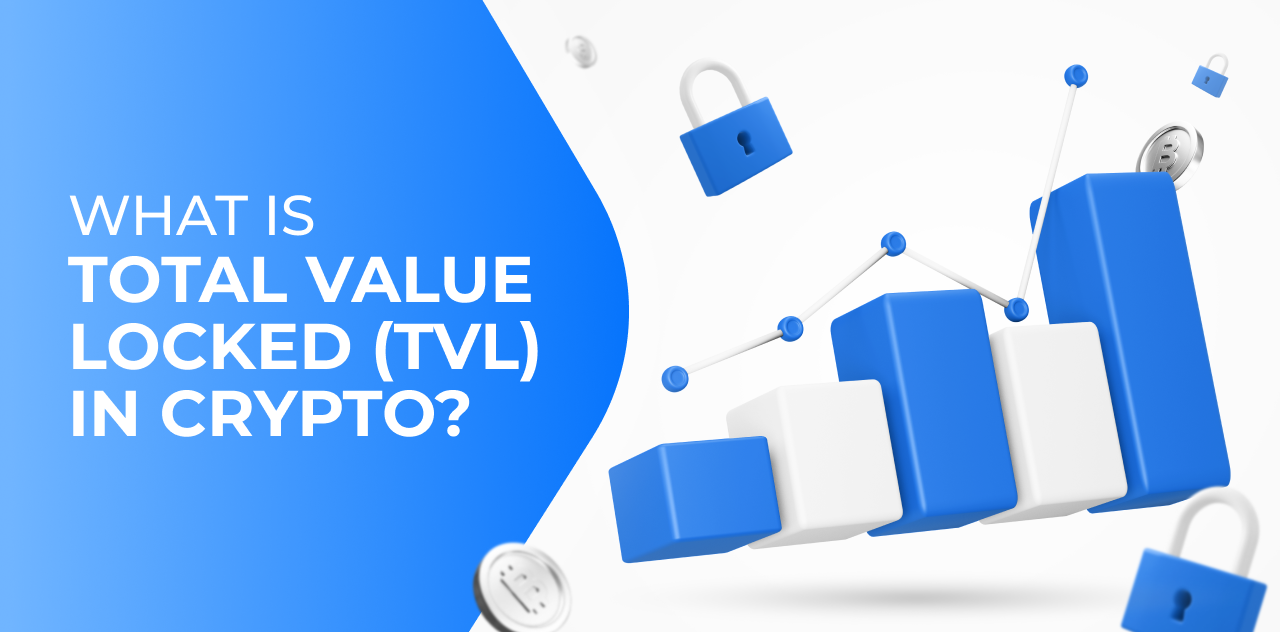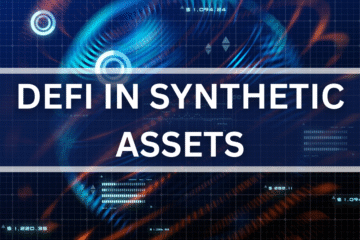What is TVL? Insights from Uniswap, Compound, and MakerDAO

Why Total Value Locked (TVL) Can Mislead on Protocol Performance, and What Metrics Investors Should Focus On
What Does Total Value Locked (TVL) Measure?
TVL measures the value of funds held in a protocol’s smart contracts.
Let’s use Uniswap, Compound, and MakerDAO as examples to highlight why TVL can be a misleading indicator of financial performance and suggest better metrics for investors to consider.
Uniswap
For Uniswap, TVL represents the value of assets deposited by liquidity providers (LPs) into trading pools.
This is because when traders swap one asset for another on Uniswap, they deposit the equivalent value back into the pool.
TVL = Deposits
By summing the liquidity (deposits) in Uniswap V2 and V3, we arrive at a TVL of approximately $7–8 billion.
In our view, better ways to gauge Uniswap’s performance include:
a) Trading Volume
b) Transaction Fees Generated
Compound
For Compound, TVL is the difference between the assets deposited and those borrowed.
This reflects the fact that when users borrow assets on Compound, a portion of the deposited assets is withdrawn from the market.
TVL = Deposited Assets – Borrowed Assets
By calculating the difference between supplied and borrowed assets, we estimate Compound’s TVL at around $11 billion.
In our view, better metrics for assessing Compound’s performance are:
a) Borrowing Volume (Outstanding Debt)
b) Interest Paid
MakerDAO
For MakerDAO, TVL equals the value of assets deposited by borrowers into vaults.
Unlike other protocols, these deposits remain in the vaults, as the protocol mints DAI for users to borrow.
TVL = Deposits
By evaluating the value of deposited assets, we estimate MakerDAO’s TVL at approximately $15 billion.
In our view, better metrics for evaluating MakerDAO’s performance include:
a) Borrowing Volume (Outstanding Debt)
b) Interest Paid
Conclusion
While TVL is a useful technical metric for measuring the value locked in a protocol’s smart contracts, it doesn’t necessarily reflect the protocol’s financial health or performance. Investors should focus on metrics like trading volume, fees, borrowing volume, and interest paid to gain a clearer picture of a protocol’s success.










